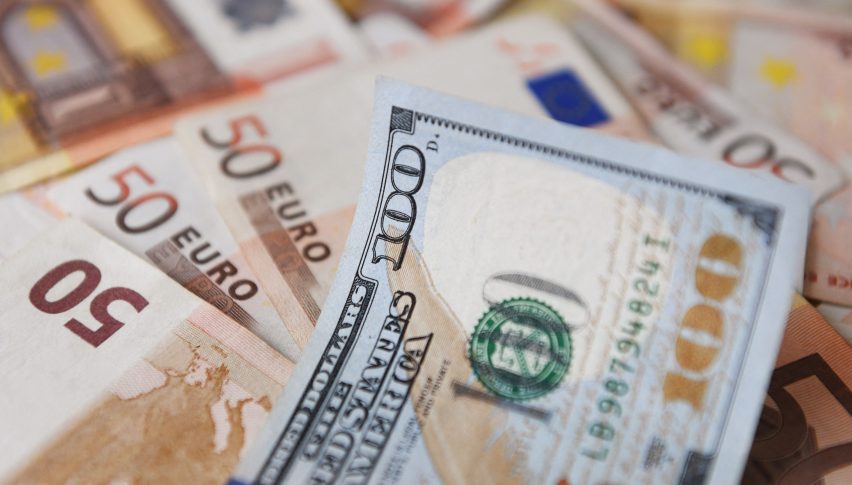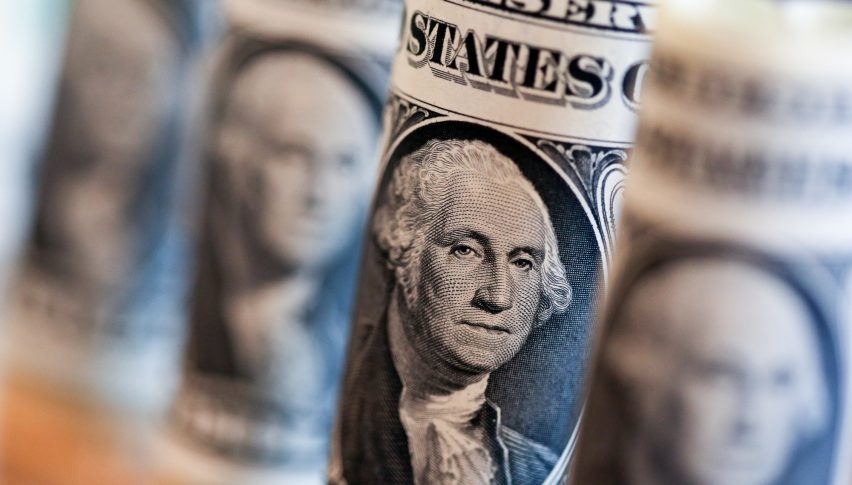Euro Plunges to Biggest Daily Loss Against Dollar Since May
The greenback appreciated against the euro as investors seem to be welcoming a relaxation of Donald Trump's trade war.

Quick overview
- The US dollar appreciated against the euro, which fell to $1.16, marking a 1.7 percent decline and its worst daily loss since May.
- This decline followed an agreement between Trump and European Commission President Ursula von der Leyen regarding trade.
- The dollar has dropped 9 percent against the euro since the beginning of the year, with the DXY dollar index down 8 percent for 2025.
- Concerns about the impact of tariffs on US economic growth are leading investors to question the sustainability of the dollar's strength.
The greenback appreciated against the euro as investors seem to be welcoming a relaxation of Donald Trump’s trade war. A Euro was worth $1.16, a 1.7 percent decline. The worst daily loss since May.

The Euro fell after a brief spike when trading resumed following the weekend break, when Trump and European Commission President Ursula von der Leyen reached an agreement on the framework.
The dollar has fallen 9 percent against the euro since the year began, and it is now trading at $1.16. In a broader sense, the DXY dollar index, which compares the performance of the US dollar to a group of major currencies, is down 8 percent for the entire year 2025.
There are numerous reasons for the dollar’s decline, but they are all connected, either directly or indirectly, to the policies of the Trump administration. The outlook for US growth has gotten worse.
The Fed has been hesitant to lower interest rates because officials have stated that they want to assess the effect of tariffs on inflation before making any additional rate cuts. However, President Donald Trump has frequently criticized Fed Chair Jerome Powell for failing to lower rates, which has strained relations between the Fed and the White House.
Investors will want to know if the dollar’s strength will last because many economists believe that tariffs, which are essentially taxes on US consumers and businesses, will slow economic growth in the world’s largest economy
The demand for the US dollar would decline as a result. Throughout 2025, the dollar has declined, with a euro now purchasing 13 cents more than it did on January 1.
- Check out our free forex signals
- Follow the top economic events on FX Leaders economic calendar
- Trade better, discover more Forex Trading Strategies
- Open a FREE Trading Account
